After 41.7km (25.9mi), of mostly running and some walking, in the Nike Structure 26 and I have some thoughts.
0:00 Intro
3:32 Specs
4:44 Upper & fit
5:46 Midsole
6:55 Outsole
8:07 The ride
11:55 A great walking shoe
12:46 Classic styling
13:30 Nike training tiers
14:35 Outro
Diagnosing running shoe problems https://youtu.be/PKfSHGchdvc
My Running Shoe Rotation | Jakob Ingebrigtsen https://youtu.be/kKLkxPUaJKY?si=LFzG_7QHfMh6oAZJ
—
📩 Want to work with me? Suggestions? Comments? Get in touch here: chris@sagasurunning.com
Merch and more
http://www.sagasurunning.com/
Join to support what I do here
https://www.youtube.com/channel/UC7LH0G7csGe-d0e3coywpQg/join
Non-running content channel
https://www.youtube.com/@UCi2Lh9JltW10LCjY-lIJReQ
Socials
Instagram: https://www.instagram.com/sagasurunning/
Strava: https://www.strava.com/athletes/14151706
Subscriber count at time of upload: 22,640
🤙🏻
The Nike Structure 26, the brand’s most steady and supportive trainer, now with some updates that bring a modern flare to a very traditional ride. As a runner, I actively avoid running instability shoes. I’m very much a neutral runner and anytime I spend any amount of time in a stability shoe, whether it’s a true stability shoe or a shoe with light stability elements like the Nike Infinity Run series or the Nike Invincible series, which have that heel clip along the heel, I develop all sorts of aches and pains uh in my calf, in my lower leg, and sometimes into my hips that just weren’t there in a neutral shoe. And a neutral shoe like a Nike Pegasus is what I run in the vast majority of the time. So that’s telling me that I don’t need a stability shoe because I’m doing fine in a neutral shoe. I’m also of the mindset that the vast majority of runners, and I’m talking 95 97% of runners out there do not need a stability shoe. It doesn’t matter what the nice sales rep at the running store tells you, chances are you don’t need a stability shoe. You’re going to be fine in a neutral shoe. And if you need a stability shoe, it’s the kind of thing that you know because you’ve worked with a trainer, a doctor, a physio, and they have identified a reason why you need the extra stability of a stability shoe. But with the Nike Structure 26, I was interested because recently we’ve been seeing a lot of Nike pros and elites in the Nike structure, whether it’s the Structure 25 or now the Structure 26. Jakob Inger Britson is someone who trains a lot in the Nike Structure 25. In fact, he just did a shoe rotation video. I’ll put a link in the description to that. Really interesting uh insights from Yakob around why he’s running in certain shoes. Cole Hawker is another runner that we see in the structure series quite often. Gail and Rup is someone we’ve always seen in the structure, though that’s because of his lower leg issues that he’s had throughout his entire career. We’ve seen Ilia Kchigible in structures recently. Uh we’ve seen a lot of Nike runners in this shoe. Also, at the collegiate level in track programs, particularly middle and distance running programs, if you’re a Nike school, chances are that school is either going to be an invincible as a trainer or a structure as a trainer. And there’ll be a few Pegasus in there uh once in a while. But a lot of middle distance and distance track athletes in the US collegiate level train a lot in the structure because again it structures the foot if they’re spending a lot of time doing workouts and racing and spikes running in a trainer that’s structured like the structure is just giving the ankle giving the lower leg just a little bit more uh support so that it’s not getting as beat up as it would in spikes. And the Nike structure is a shoe that a lot of Nike runners depend on. And the structure has been around a long time, almost 30 years now. We’re on structure 26, but it didn’t always get yearly updates. So the the legacy of the shoe is is pushing 30 years now. And it goes way way back. In fact, the last time I actually ran in a structure probably was sometime around 1998, 1999. It goes way back for me. I I don’t run in structures very often, but I’ve owned a lot of structures in the past 25 years because I find them very comfortable for casual wear, which I’ll get to at the end of this video. With all that out of the way, let’s start with the specs of this shoe. What we have here is 38 mil foam in the heel, 28 mil foam in the forefoot, giving you a 10 mil drop. And I’m going to say that this is a classic high drop 10 mil experience. 8 to 10, closer to 10. You know you’re in a high drop shoe when you’re running in this shoe. shoe comes in at 295 grams or 10.4 ounces. It is not a lightweight shoe, but it is a very structured trainer. And as you can see here, my pair actually come in a little bit below that, just a tiny bit. And overall the ride profile of the shoe I would call protective both in the structure of the shoe, the support on the medial and the lateral side of the shoe, the actual width of the contact patch of the shoe, and then the ReactX foam in this shoe as well as the cushioned upper. It’s just a very protective experience, which is exactly what you want in this type of stability shoe. Whether you actually need a stability shoe to structure uh your foot strikes and help you run more efficiently or you’re using this shoe just to give your feet, legs, and ankles a little bit more protection. This is exactly what you want. A very protective ride. Starting with the upper on this shoe, we have a very simple engineered mesh upper on the shoe. Nothing fancy, nothing that’s going to win a bunch of awards. It just works really well. It’s got the classic structure styling that we’ve seen over the past three to four versions of the shoe with some of these triangular shapes that you see in here. And overall, it’s just a very comfortable upper. The ankle collar and the Achilles flare are very padded. And there is a very, very deep pocket back here for the heel. There’ll be no heel lift issues whatsoever in the shoe. And again, this shoe is really trying to structure the midfoot in the heel and really support that part of the foot and lower leg. and it does a great job. We have a very padded tongue that’s not gusseted, so it does flop around a little bit, especially when you’re putting the shoe on for the first time, but once the shoe is laced up, there’s a lot of foam in here that’s protecting it. It’s a very comfortable upper. I’d say it’s closer to the upper that’s on the Pegasus than on the Vimeo, but it’s a very classic Nike upper in feel, and it does the job really well. Moving to the midsole of this shoe. As I’ve already pointed out, this is a fulllength ReactX midsole. No air zoom unit, no secondary foam, no carrier foam in this shoe. What makes this a structure is the Nike midfoot support system, which is a lateral heel support and a medial midfoot support. And this wraps around and really cushions the foot to give this shoe the structure and stability. Also again the contact patch of the shoe especially in the midfoot and the heel is very wide. This midfoot support system is the classic Nike structure midfoot support system. In fact the structure 25 the last version of the shoe kind of removed it a little bit. It only really had the medial side of it. It was a little bit more neutral stable neutral as doctors of running would actually call that shoe where Nike’s gone back to the classic structure. This shoe is that classic Nike structure feel that’s got that very supportive arch system and the lateral support that isn’t going to let your foot roll outward or inward too much. It’s again going back to what made this shoe work for so many runners for so many years. And ending on the outsole of this shoe, we have two types of rubber on this outsole. In the forefoot, we have a blown rubber, a classic Nike blown rubber outsole on this shoe. I cannot remember the last time I saw a blown rubber outsole on a Nike running shoe. It’s been a long, long time. But the thing about a blown rubber outsole is that it gives you a much more compliant feel to the ground. It’s actually quite soft and quite cushioned. It adds to the cushioning of the shoe, the protectness protectiveness of this type of shoe. And the blown rubber outsoles generally are really abrasion resistant, which means they should last quite a long time. But in the heel, these gray areas, this is Nike’s classic highabbrasion rubber. This is that rubber that was on Nike trainers for years and years and years that is like a tank. It just never wears. And it’s actually interesting to see these two materials on this outsole. This is an outsole that is very, very classic. This could have been on a running shoe 25, 30 years ago and it wouldn’t have been out of place. but it works and it works really well and it’s quite refreshing to see this type of outsole on a shoe, especially a very classic stability trainer like the Nike Structure 26. Moving on to the ride of the shoe, I’m going to say this shoe showed up at the exact right time that I needed. Recently, over the past couple weeks, I’ve been dealing with a bit of an Achilles niggle on my right leg. Uh, not really injury. I’ve still been running, but it’s one that’s definitely kept me from running high volume. In fact, if you follow me on Strava, you see that the volume I’ve been running for the past 3 to four weeks has been very, very low. I’ve been more focused on mechanics and really working on my foot strike. And then when I’m not running, I’ve been doing a lot of functional strength work and stability work to really just strengthen my entire leg, my entire foot. Basically, you know, build up the muscles around my lower leg a little bit more where maybe they were weak. Now, again, this Achilles issue is not really an injury. I made a whole video about where it came from and what I think caused it. I’ll put a link in the description to that if you’re interested. But this shoe showed up at the right time because now I had a reason to want to actually run in a stability shoe. And it’s because of all of that, it was really an interesting opportunity to actually run in a stability shoe. Like I said, I avoid stability shoes, but right now, this is actually kind of the shoe that I needed. And going out and running in this, I put about 30 32k of running into this of a range of paces, mostly easy, a little bit into threshold, some steady running, and then I did another 8 to 10k of walking in this shoe. And I found this shoe exactly what I needed just to support my Achilles and my ankle just a little bit more. But I found this actually a very comfortable and capable trainer. A lot of that is the ReactX midsole. I just again I find this foam as a training foam very absorbent, very protective, which is exactly what I want. It’s not the most responsive foam. This is not the most responsive shoe, but there is enough response in this to make it a valid daily trainer. If you’re going from easy, steady into threshold running, this shoe will do that really well. Anything faster than that, you’re probably going to want a faster shoe. But for the bulk of that easy into threshold running, this shoe actually is very capable. In fact, this shoe on foot reminds me a lot of the Vimeo 17, last year’s model, the last version of the Vomero, where it just felt like a lot of shoe under foot, but it still was able to pick up uh when you need it. It’s not as cushioned as the Vomero 17 was. The Vomero is Nike’s cushioned or max cushion platform. This is not meant to be a max cushion shoe, but it did have that similar feel. and that similar ability of just being a very comfortable shoe due to easy miles in, but when you needed to pick it up, you could pick it up. And this shoe definitely was capable of that. I also found the ReactX midsole to be very comfortable in this shoe. Again, I was really curious to run in a pure ReactX midsole. I really like Reactex. It’s not the most resilient foam. It’s not the most responsive foam, but for a training foam, I think it’s great because it’s more absorbent and protective than anything else. And I really, really value that in a trainer. In this shoe, it was great. This shoe from a cushion standpoint is somewhere between a Nike Pegasus 41 and the Nike Bomero 18. It’s neither one of those shoes. It’s not as firm and responsive as a Pegasus. It’s not as cushion as the Bomero, which is pretty uh self-explanatory given where this shoe sits in the lineup. And if this was the shoe that I needed to be training in all of the time because I needed a stability shoe, I would actually be very happy. I found this shoe quite a bit more nimble than more traditional or other stability shoes from other brands. And that’s what this structure has always been from Nike. It’s been something that’s been a little bit more performanceoriented, but still giving you that medial and lateral heel support that you would expect from a stability shoe. One of the best use cases I can think of for this shoe, and I get this question all of the time on this channel is what is a good walking shoe? This is a good walking shoe. Walking is a natural heel to toe movement and a shoe like this, like the Nike structure where you have all of the support in the medial and the heel. This is an excellent walking option. It’s also, I think, cushion enough where it’s very comfortable to wear all day. If you’re on your feet all day, this is a shoe that’s cushioned, not too cushioned. This is not a squishy shoe. This is not a spongy shoe, but it’s a shoe that’s cushioned and stable. Really the optimal mix of both those things. So, if you’re looking for a great walking shoe, and I know I have people that watch this channel looking at shoes for walking, this is going to be one of the best options I think you can find right now. I also really like the styling of this shoe. This shoe, as I’ve said in a couple places in this video, feels like a shoe that could have come out 25, 30 years ago. This feels like a very classic classic Nike trainer, and I love that. It does have some dad shoe vibes, especially in this colorway, but I also think that’s what’s working so well with this shoe. This is just a classic trainer silhouette, a classic Nike trainer silhouette. I can see a lot of Air Max lines in this shoe, OG Air Max. and the structure has always gone back to the OG Air Max anyway and I love it for that. I think it’s just a great classic looking trainer. So, for casual wear, I also think this is a great option. As we now know with Nike’s trainers, they now come in tiers. We’ll have the standard or the icon model as Nike calls it. Then we’ll have the plus and the premium above that. The plus tier has generally been the performance tier. I think a structure plus could be something like what the Infinity Run used to be where it’s more performanceoriented but has light structure in the midfoot and heel could be quite interesting. And the structure premium could be a max cushion stability option. Something we haven’t seen really in the marketplace in quite a long time. There’s a few of them out there but Nike hasn’t done one of those in a long long time. So there’s no guarantee that we’re going to get those shoes but it would make sense given what this base or icon model actually is. I think this is a really great update if you’re looking for this classic stability trainer from Nike. This is a great option. If you’re looking for a trainer to wear for those days where you need a little extra TLC for your legs and ankles, great option. If you’re looking for a very structured shoe for walking and casual wear, this is also going to be another great option from Nike. Thank you for making it to the end of the video. If you want to support what I do here, check out sagaserrunning.com for merch or click the join button below. If neither one of those options are good for you, leave a comment, leave a like because it helps this channel continue to grow, which I always appreciate. And with that, I’ll catch you in the next one.

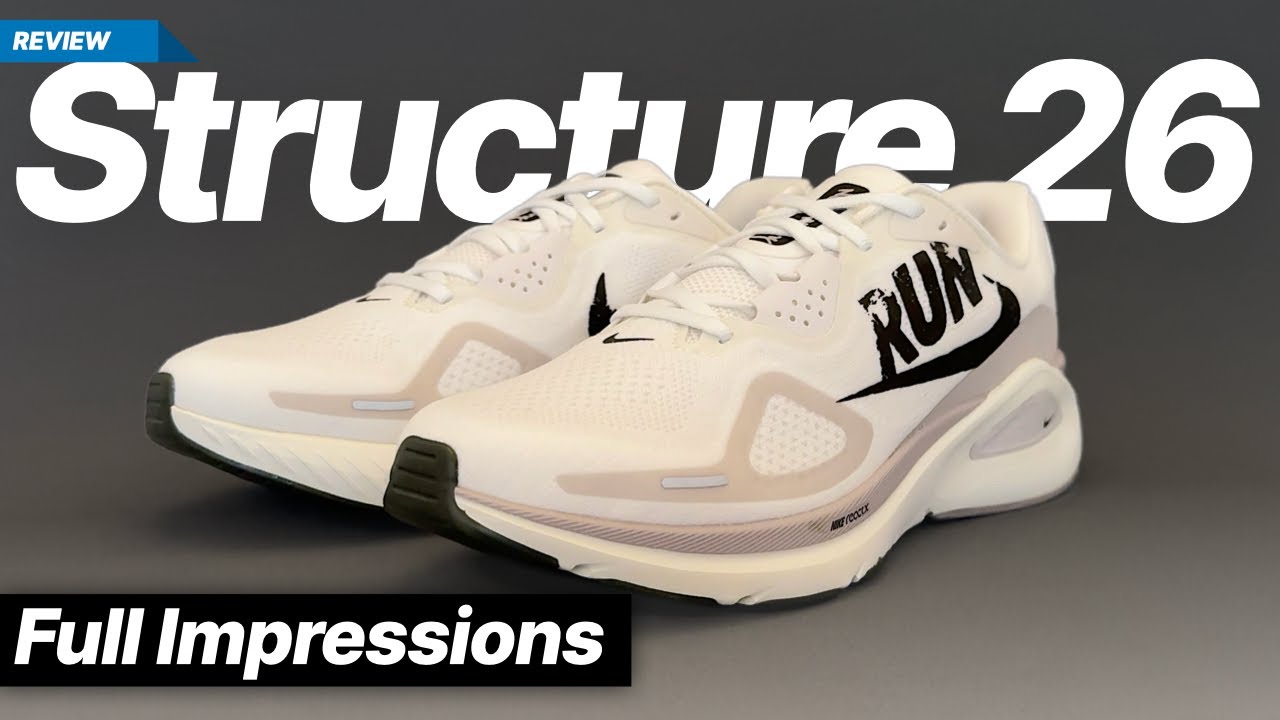

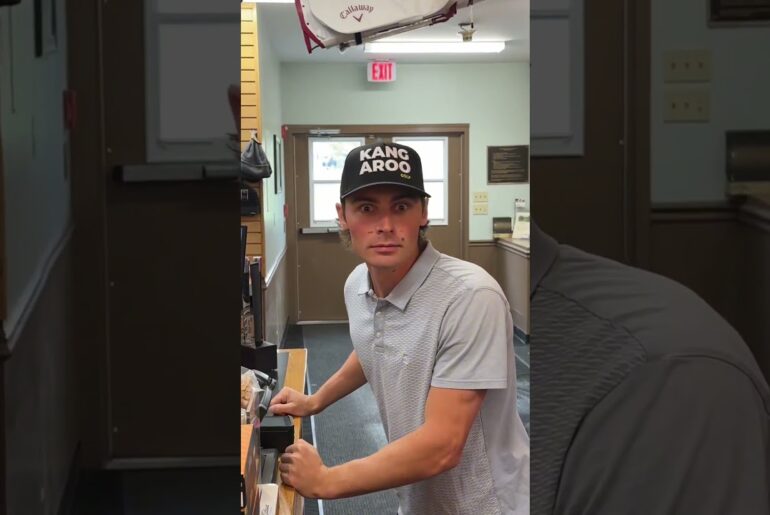
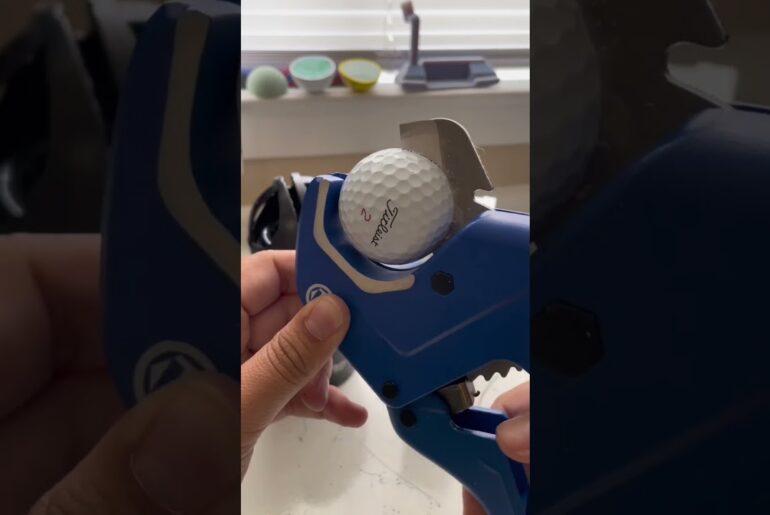

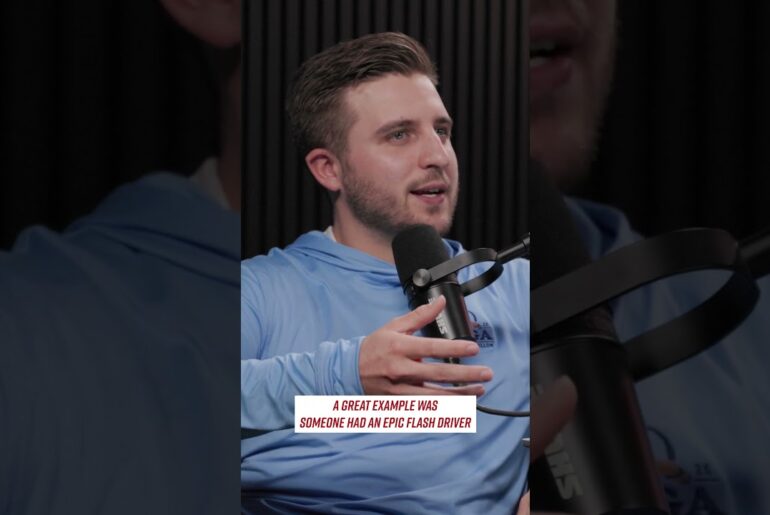
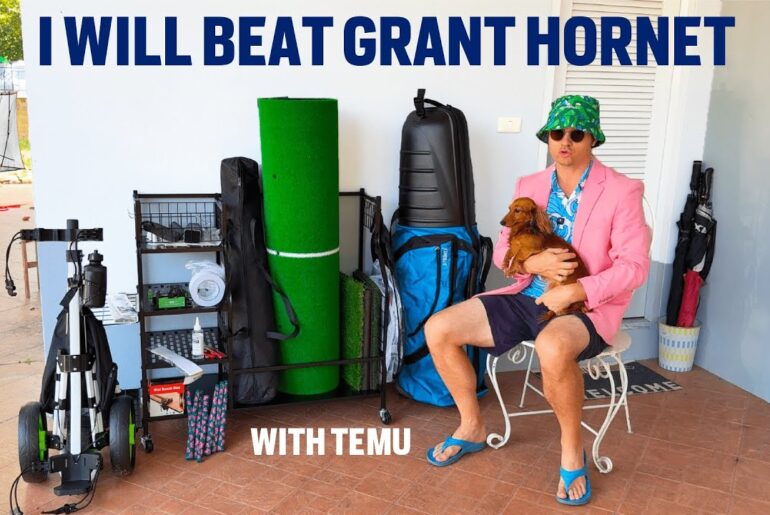
24 Comments
Thanks for the summary.
– How does the rubber type and layout in the mid-fore foot affect the roll-thru/toe off compared to the 25? Of course the lack of the air unit will impact this as well.
– Is the tongue nearly the same as the 25? (I hope so as I loved the padding of the 25 tongue).
Have to admit, this was literally the only shoe I ever sent back unused, apart from the Zoom Fly 5. And I actually liked the Structure 25, it kind of felt like an older version of the Pegasus with the Cushlon + Air Zoom.
But this version felt so bad… Moving to pure ReactX was not a good move. This version gained 20g of weight for a completely dead and concrete-like midsole. Really had zero motivation to actually run in it…:(
God only knows how the Premium tier of this will look like💀
90% dont need a stability shoe… amen
The biggest conflict I have at work working in a running speciality store is, that my boss demands I sell stability shoes for everyone… she is also has a Master degree in movement science… but doesnt run at all.
But I try my best to not sell them to those wo dont need them. Which leads to huge conflicts at work. But the success prove me right.
Any difficulty with the lacing loops? I always like to have flat laces lying flat without twists, and get a little irritated when I get a shoe that takes extra time to lace.
Aesthetically this shoe just works. Looks really good. Clean, modern and with nods to retro styling. Like it.
A very timely video indeed. The Ingebritsen video made me wonder about this shoe. He also said he uses orthopedic insoles in all his shoes, so maybe he really benefits from stability shoes for recovery runs? Looks like a shoe I might get for citytrips: a short run in the morning and walking all day seeing the sights. Looks good too.
Plans for the Vomero Plus?
I think they did a great job at making a stability shoe look good. I feel like stability shoes from other brands are designed in a way to not compete (in terms of looks) to their more popular daily trainers.
Saucony tempus love that shoe, keeps me injury free.
Just ordered this exact pair—can't wait to give it a go.
I wished they reduced the drop to 8 like the new Kayano 32
This has been the only formulation of all reactx I’ve ever liked. Solid update and enjoyable easy day shoe. Amazing walking shoe as well!
Nike is like a two, three behind other brands with things they put out there. Some call it traditional, I call it outdated. And if you compare it to Adidas or Puma, it's even worse.
I just discovered that i have flat feet lol now im considering buying a stability shoe such as this. Will it really help? Or should i just go with neutral ones
Seems like a good holliday-shoe.
Im not sure walking is a natural heel to toe movement. When I walk barefoot i don’t land on the heel.
Mmm this is a murky area. Given the amount of elite runners; very good runners and shoe tubers who dont run in stability shoes or proclaim to be neutral BUT pronate like crazy – every one would be prescribed stability shoes by a foot doctor! Running form is like sex everyone sees themselves as amazing lovers – same with running we all think our bio mechanics are better than they really are. You cant be perfectly neutral – everyone supinates and pronates; but if you go on feeling – stability shoes dont feel right to you; niggles etc is sound – Benno Niggs the worlds most famous Podiatrist says it best – if a shoe feels good it is good choose that one. But i have a problem with Podiatry- its a reductionist science – a focus on just the foot – running is a whole body system – so Niggs famous quote recognises this – i think – even if he diidnt mean it that way. Interestingly Ingerbrigston wears orthotics! podiatry says that if you need orthotics the more stable the base the better – but Ingerbrigston pops them in every training shoe Nike has – he doesnt put them in spikes or super shoes!.I think that vlog was the longest Nike promotional ever. Maybe if Jacob limited himself to stable shoes with his orthotics he would get less injuries – train less in super shoes and spikes?
Props on the Jakob pronunciation!! Also glad to see someone cover this shoe finally!
As someone who has been through three pairs of the 25 (I retire them from running and they become my teaching shoes 😂) I can’t wait to continue that tradition with this pair
I overpronate on both feet but my right foot overpronate a bit more my right leg is a tinny taller. Anyways , most of my shoes are neutral. But it is cool to run in stability shoes occasionally for me.
My rotation of stability shoes at this time : Gel-Kayano 31, GT 2000 14 and Puma ForeverRun Nitro 2.
I plan to replace soon my old Gel-Kayano 31 with the Structure 26.
I like the way Nike did with the Structure 25 where it fits not correct the way I run but have the sidewall in case I overpronate too much that would cause too much stress in my ankles.
As I do a lot of walking, I’m keen on buying this Nike Structure 26.
Last summer I had an Achilles area injury, saw the Structure 25 at a decent price so thought would try it. Was better than I imagined a stability shoe would be and the Cushlon foam was a bit softer than I imagined foams in stability shoes would be. However never used it that much as wasn't exactly "light" and I don't think this sort of shoe was really "helping" in any meaningful way. What I do find helps better, is wearing arch support insoles in my daily "walking about" trainers. Have tried them running but just make the shoe too heavy. This new version then seems completely different but wasn't entirely sure from your comments why the 26 is better than the 25 if you didn't try it? And the 25 is the one semingly Jakob Ingebrigtsen uses extensively. Further, wonder why in his recent all my shoes video, the 26 was not mentioned. Anyway Robin from Road To Trail told me (and I see in his own comment here) that he got them and felt like one of the classic bricks and he has quite small feet so this raised load of red flags for me. Got a bit of a niggle at the moment too but don't think another 400g or so shoe is going to help me. Speed 5 or Velocity Nitro 4 seems to be working well to do some easyish running to keep me ticking over and seem stable enough for my needs. So maybe the morale is only use a stability shoe if you really think you need one and that's not necessarily down to the word of a sales assistant in running stores doing a gait analysis and saying you "pronate" so need one. Telling here one commentator says is told to sell as many as possible. That's shocking IMHO.
Would you recommend this pair over the vomero 18? I want a pair for recovery run and long walking.